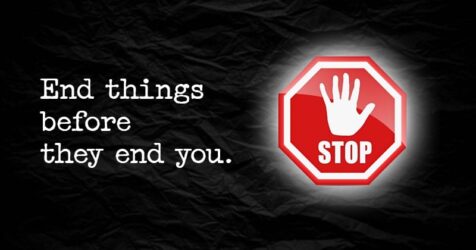Easy Ways to Check if Honey is Pure or Fake at Home
Honey, a natural sweetener, is often adulterated with sugar syrups, water, and other additives. For health-conscious consumers and honey enthusiasts, distinguishing pure honey from fake is crucial. Here are several easy methods to check the purity of honey at home:
1. The Water Test
How to Do It: Fill a glass with water. Take a teaspoon of honey and drop it into the glass. Pure honey will settle at the bottom of the glass in a solid lump, while fake honey will dissolve quickly.
Why It Works: Pure honey has a dense texture that doesn’t easily dissolve in water.
2. The Thumb Test
How to Do It: Place a small drop of honey on your thumb. If it spreads or drips, it’s likely not pure. Pure honey stays intact on your thumb.
Why It Works: The thickness and stickiness of pure honey give it a more substantial texture that doesn’t drip easily.
3. The Flame Test
How to Do It: Dip the tip of a matchstick in honey and strike it to light. If it ignites, the honey is pure. Impurities in fake honey can prevent the match from lighting.
Why It Works: Pure honey contains natural sugars that can aid combustion, while adulterants can hamper this process.
4. The Vinegar Test
How to Do It: Mix a few drops of honey with vinegar and water. If the mixture foams, it may indicate the presence of adulterants.
Why It Works: The chemical reaction between vinegar and impurities in fake honey causes foaming.
5. The Paper Test
How to Do It: Place a drop of honey on a piece of paper or a paper towel. If it’s absorbed quickly or leaves a wet mark, it’s likely adulterated.
Why It Works: Pure honey’s thickness prevents it from being absorbed rapidly by paper.
6. The Heat Test
How to Do It: Warm a spoonful of honey in a microwave or a pan. Pure honey will caramelize quickly, while fake honey will become foamy and bubbly.
Why It Works: The natural sugars in pure honey caramelize when heated, unlike added sugars which behave differently.
7. The Shelf Life Test
How to Do It: Observe honey over time. Pure honey crystallizes after some time, while fake honey, loaded with additives, often remains in a liquid state.
Why It Works: The natural composition of pure honey leads to crystallization, which is a sign of its purity.
8. The Aroma Test
How to Do It: Smell the honey. Pure honey often has a natural floral aroma, whereas fake honey lacks this or might have an industrial sweet scent.
Why It Works: Pure honey retains the natural scent of the flowers from which the nectar was collected.
Testing the purity of honey at home is simple with these methods. While these tests can give you a good indication, they are not foolproof. For absolute certainty, purchasing honey from reputable sources or local beekeepers is advised. Always be cautious of honey that is too cheap, as it’s often a sign of adulteration. Remember, pure honey not only tastes better but also provides more health benefits.



















